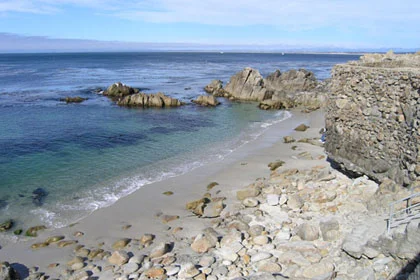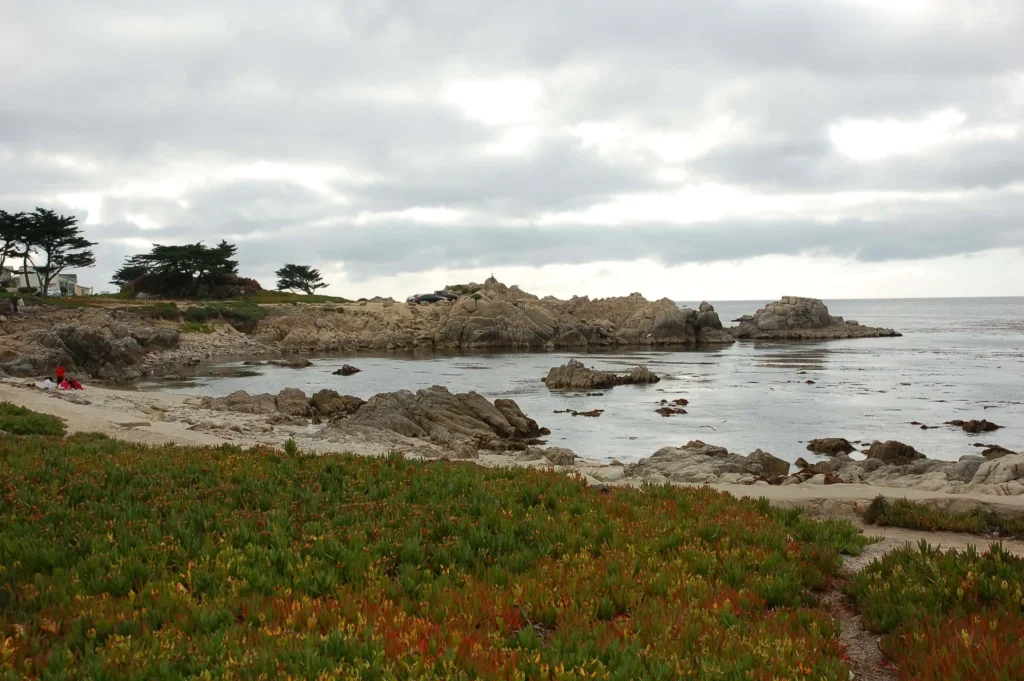Santa Cruz Municipal Wharf
NOTE: The wharf is still undergoing repairs after the 2024 damage. This dive is not currently recommended.
Santa Cruz Wharf is one of those sites you have to visit regularly in order to be lucky enough to get good visibility. Visibility at the wharf is often less than 5 feet, but on calm days the visibility opens up to as much as 20 feet. This is rare, and 5-10 feet is the typical good day. Fortunately, you don’t need great visibility to see a lot here. Get right up to a piling, and you’ll see nudibranchs, stars, anemones, tunicates, chitons, and sponges. There’s also a lot of fish here, and on some dives you’ll be surrounded by huge schools of perch.
This is also a great spot for sea lions, although most here are large males. Be cautious about surface swimming under the wharf, as males are easily spooked of their resting spaces and into the water. Night dives can be spectacular here. Crabs, octopus, and loads of fish are plentiful at night. You’re also likely to draw a crowd of tourists as you prepare to make your dive.
Entries and exits are simple at this site. Near the end of the wharf and across from Stagnaro’s restaurant and fish market is a set of stairs leading to a boat landing. This landing has two ladders from which you can make a giant stride, and later your exit. This platform is closed during the winter when strong surf is present in the area.
My experience here has shown that the best dive is to begin at the boat landing and head towards the end of the wharf. Avoid the fishing line by staying under the wharf, but avoid diving too far into the wharf as light and visibility reduces as you travel farther into the wharf.
You’ll need to consult the tide tables to ensure the best possible conditions at this site. Santa Cruz is known for its very fine sand that stirs up easily, and tidal changes are usually enough to reduce visibility significantly. I’ve found that the best diving is just before high tide, and better yet, a high tide that follows a relatively high low tide.


